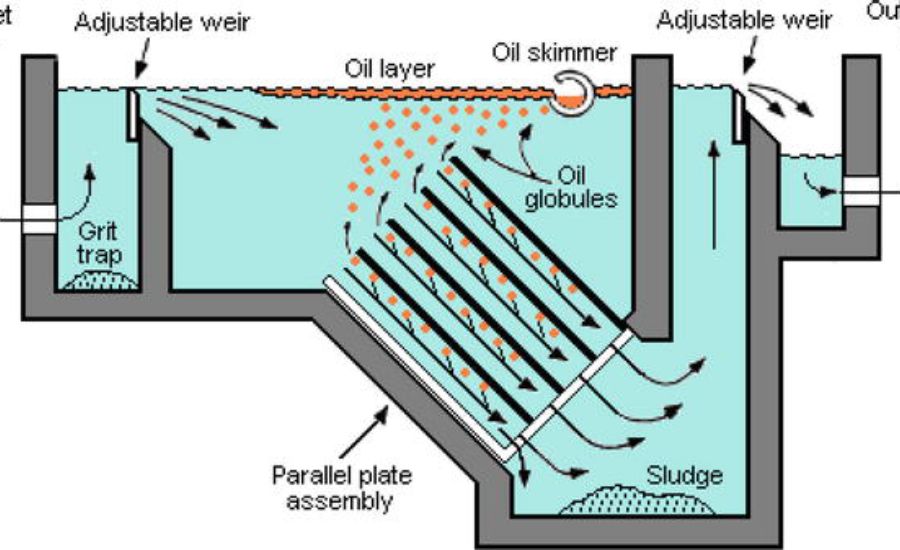Are you struggling with black stains on your walls after a fire in Seattle? You may be trying to wipe soot off the ceiling but making it worse. If your building is affected by fire or heavy smoke, you must be dealing with stubborn soot. This black stain can stick to the surface of your walls, ceilings, vents, and furniture. Smoke and soot can also cling to surfaces more easily and seep into porous materials like drywall or insulation.
Wiping out soot with a wet cloth or cleaner cannot remove it but can spread it. So to remove it properly, professionals use soot sponges. These chemical sponges are a first step in the cleanup process. Soot sponges help remove dry soot safely without any damage.
So, how do soot sponges clean fire damage? And why are they so important during fire damage restoration in Seattle homes? Let’s take a closer look.
What Is Soot?

Soot has tiny carbon particles, and it shows up when materials burn without oxygen. It contains harmful chemicals like acids, heavy metals, toxic gases, and volatile organic compounds (VOCs). These particles are the smallest, and most are less than 2.5 microns in size. It means they can float in the air and stay on almost any surface.
Soot sticks to walls, including fire-resistant siding, ceilings, furniture, electronics, and fabrics. If you do not remove soot, it can stain paint and permanently damage finishes. It can also cause respiratory problems for those who have asthma or allergies.
So, you need to get rid of soot immediately and with the right tools. In this way, you can avoid long-term damage to your home and health.
What Are Soot Sponges, and How Do They Clean Fire Damage?

Soot sponges are rectangular and thick blocks, which are made of vulcanized rubber. They are flexible, completely dry, and do not have any soap, moisture, or solvents. Soot sponges clean fire damage and are also used for painted walls, textured ceilings, trim, and baseboards.
They do not spread stains like wet cloths because they are dry and firm. When it is pressed against soot-covered areas, it gently grabs and lifts the particles away without spreading them. Here’s how:
- Static and friction draw soot particles into the sponge’s surface.
- The porous rubber material traps particles in its layers.
- Each wipe pulls more soot from the surface without leaving streaks.
The sponge’s surface turns dark as it fills up with soot. To expose a new layer, the sponge is cleaned or trimmed.
Types of Soot Sponges
Soot sponges, sometimes referred to as chemical sponges or dry cleaning sponges, are mostly composed of vulcanized natural rubber and are intended to remove soot from dry surfaces. Their ability to lift soot particles from surfaces is a result of their porous structure. These sponges are frequently used to clean after fire damage and may be washed and reused several times.
Here’s a breakdown of the various types and their applications.
- Chemical Sponges: These are the most common soot sponges, composed of vulcanized rubber. They are intended to be used dry, removing soot from surfaces via their porous nature.
- Cellulose Sponges: Although not soot sponges, cellulose sponges are highly absorbent and can be used for general cleaning tasks, including removing some soot residue, especially when combined with cleaning solutions.
- Abrasive Sponges: These sponges have a rough surface and are used for scrubbing and removing stubborn stains, including some soot residue. They may be cellulose sponges with an abrasive side or made of other materials like metal or plastic.
- Melamine Foam Sponges: These sponges, also known as “Magic Erasers,” are well-known for their cleaning power and can effectively remove soot from certain surfaces.
Natural sea sponges are primarily used for cleaning and bathing, but they can also be used to remove soot, particularly from delicate surfaces.

Why You Should Not Use Water on Soot
When people see soot, their first thought is to remove it using water or spray cleaners. This is a big mistake. Water activates the acidic elements in soot, which can:
- Cause permanent stains
- Drive particles deeper into porous surfaces like drywall.
- Spread soot around rather than remove it.
This is especially true on walls, ceilings, and fabrics. That’s why the first step in any professional cleanup is to use soot sponges to clean fire damage.
What Happens When You Try Soot Cleaning Yourself?
Everyone can use soot sponges to clean fire damage, but they must be used with caution. A soot sponge can only fix small and light soot, but for large, greasy, or oily soot in Seattle, you need to contact Green Planet Restoration. We will assess the damage and decide when and how to use dry cleaning vs. chemical cleaning.
Soot sponges also cannot remove odor or air quality problems. So if you are trying to fix it by yourself, you cannot clean it completely. It is hard for you to remove smoke particles that are in vents, insulation, or wiring.
To Conclude
Soot sponges look simpler, but they are the most important tools that professionals use in smoke and fire restoration. Fire damage restoration professionals in Seattle use soot sponges to clean fire damage from walls, ceilings, and furniture without spreading it.
You need to remove soot immediately if your home has caught fire and avoid any further damage. Contact professionals to handle it perfectly, as we use soot sponges, air scrubbers, and advanced deep cleaning tools in Seattle. We also provide post-cleaning assessment to make sure the air quality is good and no smoke residue is left behind.
Need help cleaning up after fire damage? Contact our team today and breathe easy knowing your home is safe, clean, and restored properly.




